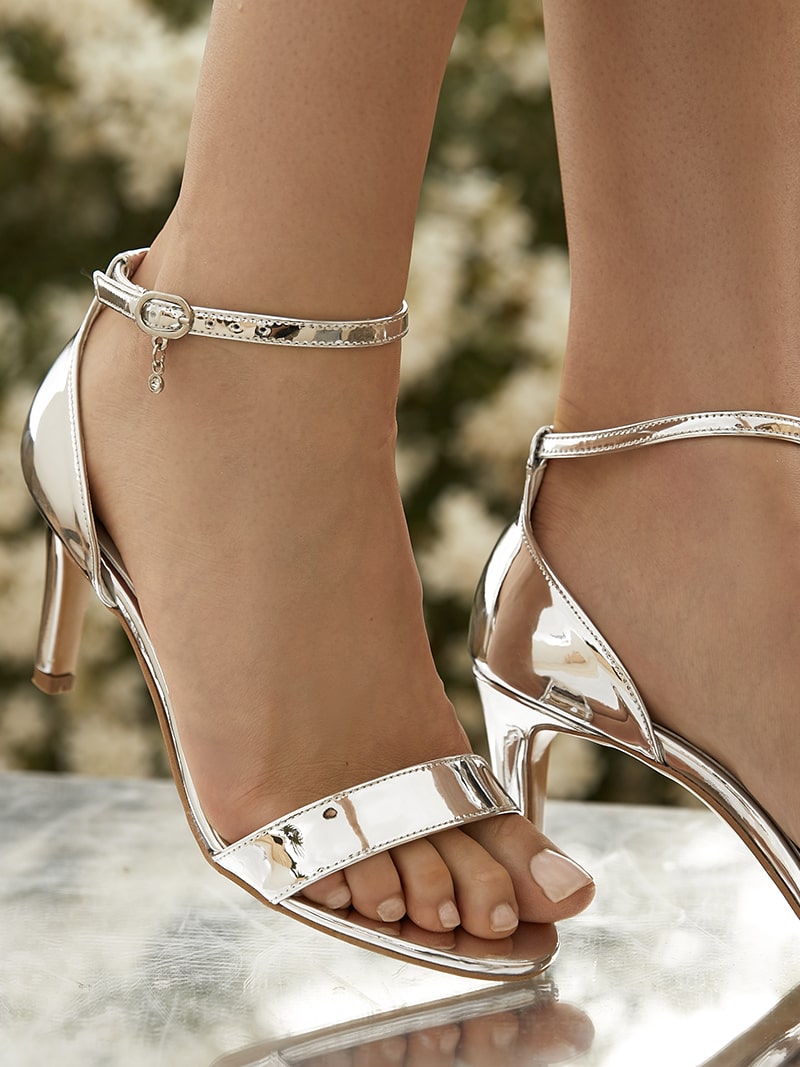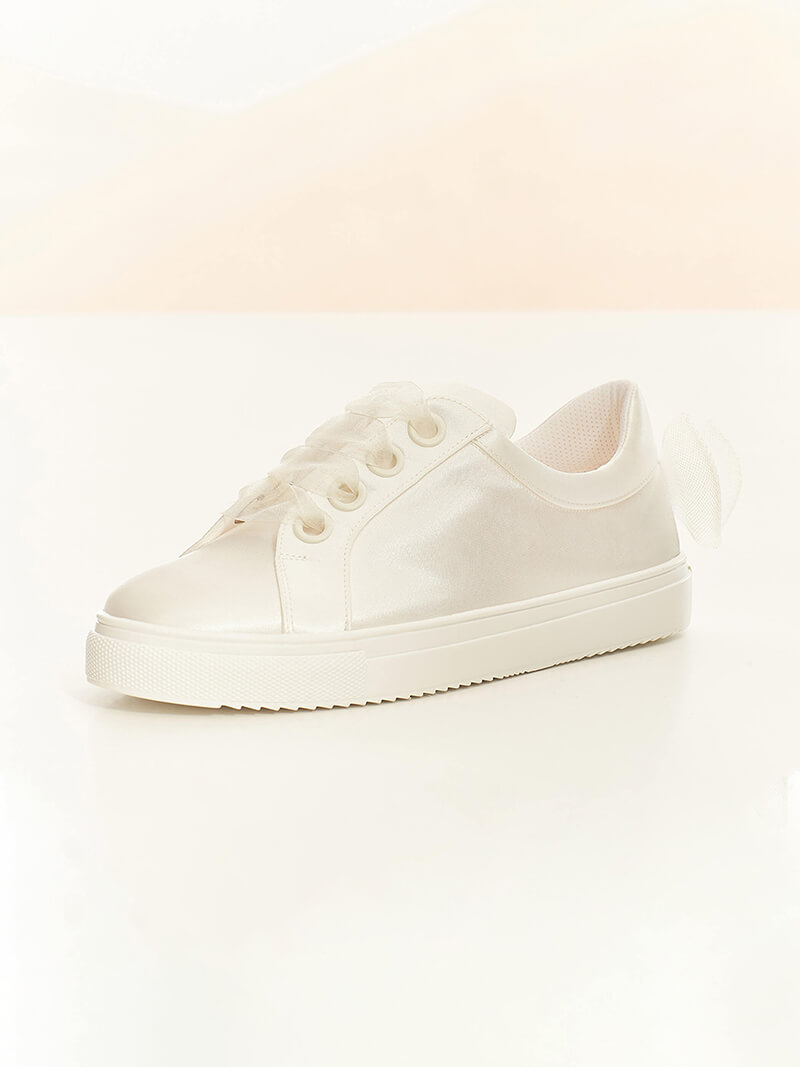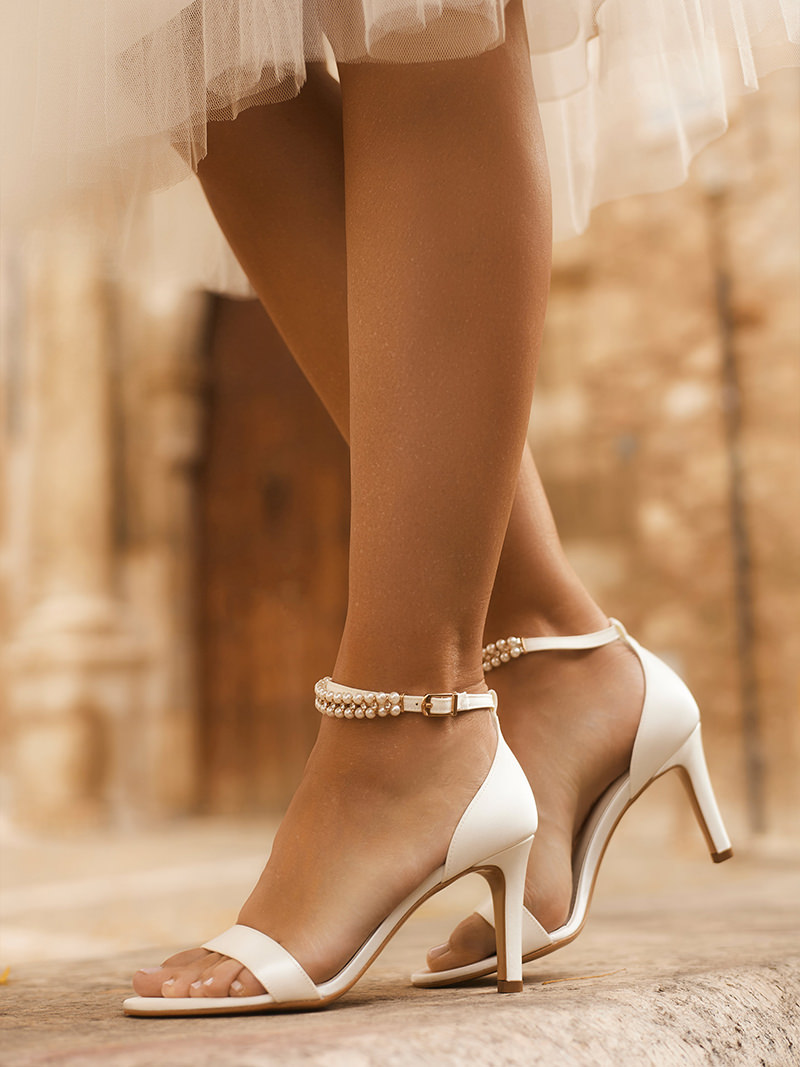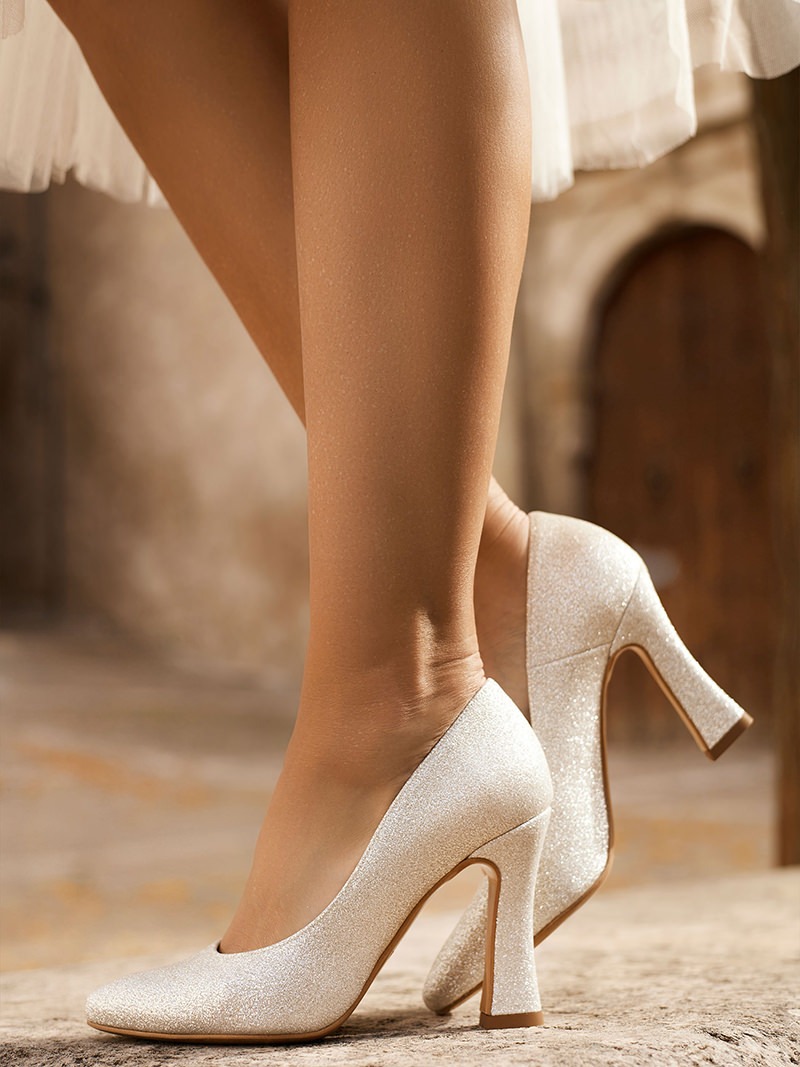The Science of Wide-Fit Shoes: Understanding Foot Width and Finding the Perfect Fit
When it comes to finding the perfect pair of shoes, it's not just about style and aesthetics. Comfort and fit play a crucial role in ensuring you can walk confidently and pain-free throughout the day. For individuals with wider feet, this search can be particularly challenging, but it's not an insurmountable task. In this comprehensive guide, we will delve into the science behind wide-fit shoes, explore foot width measurements, and provide insights into how to find the perfect fit for your feet. Whether you're a retailer or a consumer, understanding the science of wide-fit shoes is essential for ensuring a comfortable and enjoyable shoe-shopping experience.

The Anatomy of Foot Width
Before we dive into the intricacies of wide-fit shoes, let's first understand the anatomy of foot width. Human feet are incredibly complex structures, each with its unique shape and size. One of the key dimensions that vary among individuals is the width of the foot, which is determined by several factors:
1. Metatarsal Width
The metatarsal bones are the long bones in the middle of your foot, connecting the toes to the midfoot. The width of these bones plays a significant role in determining foot width. Individuals with wider metatarsal bones typically have wider feet.
2. Arch Height
The height of your foot's arch also affects its width. Flat feet tend to be wider, while high arches often result in narrower feet.
3. Genetics
Genetics plays a fundamental role in foot width. If you come from a family of individuals with wider feet, you're more likely to have wider feet as well.
4. Weight
Body weight can influence foot width. Heavier individuals may have wider feet due to the increased pressure on the soles of their feet.
5. Aging
As we age, our feet can change shape and size. Some people find that their feet become wider over time.
The Importance of Proper Foot Width Measurement
When it comes to finding the perfect pair of shoes, accurate foot width measurement is paramount. Ill-fitting shoes can lead to discomfort, pain, and even foot problems in the long run. Here's why measuring your foot width is crucial:
1. Comfort
Shoes that match your foot width provide a comfortable fit. When your feet have enough room to move without constraints, you can walk, stand, and dance without discomfort.
2. Health
Ill-fitting shoes can lead to foot problems such as bunions, corns, and calluses. These issues can be painful and may require medical attention.
3. Stability
Properly fitting shoes improve stability and reduce the risk of tripping or falling, especially when walking on uneven surfaces.
4. Longevity
Shoes that fit correctly are less likely to wear out prematurely. When your feet are comfortable, you can enjoy your shoes for longer.

Measuring Foot Width
Now that we understand the importance of proper foot width measurement, let's explore how to measure your foot width accurately. You can follow these steps at home to determine your foot width:
Step 1: Gather Your Supplies
You'll need a few items to measure your foot width accurately:
- A piece of paper larger than your foot.
- A pen or pencil.
- A ruler or measuring tape.
Step 2: Prepare Your Foot
Wear the type of socks you plan to wear with the shoes you're measuring for. Sit on a chair and place your foot on the piece of paper, ensuring your heel is against the edge.
Step 3: Trace Your Foot
Using the pen or pencil, carefully trace the outline of your foot. Make sure the pen is perpendicular to the paper to get an accurate measurement.
Step 4: Measure the Width
Use the ruler or measuring tape to measure the widest part of your traced foot. This is typically the distance between the outer edges of your big toe and little toe.
Step 5: Record the Measurement
Write down the measurement in inches or centimetres. This measurement represents your foot width.
Step 6: Compare to Sizing Charts
Now that you have your foot width measurement, you can compare it to sizing charts provided by shoe manufacturers or retailers to determine your ideal shoe width.
The Science of Wide-Fit Shoes
Wide-fit shoes are designed to accommodate individuals with wider feet, offering the extra room needed for comfort and proper fit. However, not all wide-fit shoes are created equal, and understanding the science behind them can help you make informed choices as a retailer or consumer:
1. Shoe Lasts
A "last" is a mold or form that shoes are constructed around. It determines the shape, size, and width of the shoe. Shoe manufacturers use different lasts to create shoes of varying widths, including narrow, standard, wide, and extra-wide.
2. Width Sizing Systems
Shoe width is typically denoted by letters, with "D" representing a standard or medium width. Wider widths are represented by additional letters such as "E" (wide) and "EE" (extra wide). Understanding these width designations can help you find the perfect fit.
3. Shoe Design
Wide-fit shoes are designed to distribute pressure more evenly across the foot, reducing the risk of discomfort or pain. They often feature wider toe boxes and roomier insteps to accommodate wider feet comfortably.
4. Materials
The choice of materials used in wide-fit shoes can impact their comfort and flexibility. Flexible materials can provide a more accommodating fit for wider feet.
5. Adjustability
Some wide-fit shoes come with adjustable features, such as straps or laces, that allow wearers to customize the fit further. These features can be especially helpful for individuals with specific foot width requirements.
Finding the Perfect Fit
As a retailer, helping your customers find the perfect fit for their wide feet is essential for their satisfaction and comfort. Here are some tips for ensuring your customers get the right wide-fit shoes:
1. Offer Sizing Guidance
Provide sizing guides and charts on your website or in-store to help customers measure their foot width accurately.
2. Train Your Staff
Train your staff to assist customers in finding the right shoe size and width. They should be knowledgeable about the various width designations and how to interpret sizing charts.
3. Stock a Variety of Widths
Ensure that your inventory includes a range of widths, from standard to extra-wide, in various shoe styles. This allows customers to choose the width that best suits their needs and preferences.
4. Emphasize Comfort
Highlight the comfort features of wide-fit shoes, such as cushioned insoles and flexible materials, to reassure customers of the comfort they can expect.
5. Offer Try-Before-You-Buy
Allow customers to try on shoes and walk around to assess comfort and fit. Encourage them to take their time and ensure the shoes meet their width requirements.
6. Provide Return and Exchange Policies
Have clear return and exchange policies in place, so customers feel confident that they can exchange their purchase if it doesn't meet their width needs.
Conclusion
The science of wide-fit shoes goes beyond simple measurements; it encompasses shoe lasts, design, materials, and adjustability. Understanding foot width and the science behind wide-fit shoes is essential for both retailers and consumers. Retailers can better serve their customers by offering accurate sizing guidance, stocking a variety of widths, and emphasizing comfort features. As consumers, understanding your foot width and the science behind wide-fit shoes will help you find the perfect fit and enjoy comfortable footwear that supports your feet throughout the day. With this knowledge, the journey to finding the ideal pair of wide-fit shoes becomes a science and an art—a balance between comfort, style, and the unique shape of your feet.






